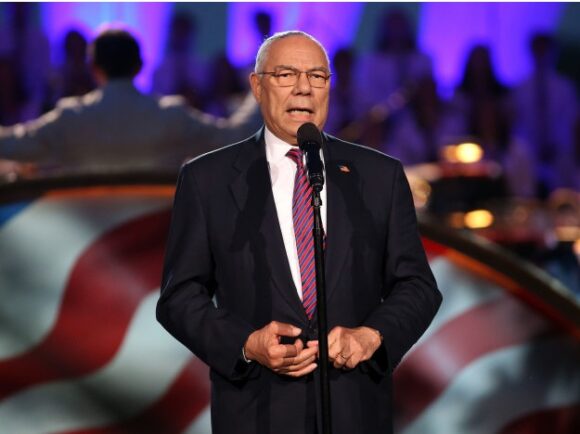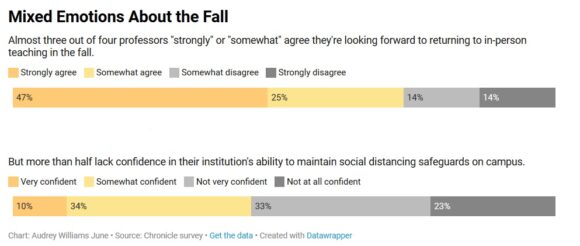Dear Commons Community,
After a week in which President Donald Trump threatened to use military force against protesters, Colin Powell blasted the commander-in-chief for taking steps he says will harm the relationship between the military and U.S. citizens.
Powell, who served as Secretary of State under former President George W. Bush and was previously chairman of the Joint Chiefs of Staff, told CNN’s “State of the Union” that Trump is “drifting” away from the Constitution and said he’s an “habitual liar.” As reported by NBC News.
“We have a Constitution. We have to follow that Constitution. And the president’s drifted away from it,” Powell said, offering praise for military leaders who have spoken out against the president in recent days.
Powell, who did not vote for Trump in 2016, said he would vote for Joe Biden, the presumptive Democratic presidential nominee, this fall.
Trump responded to Powell on Twitter, calling him “a real stiff who was very responsible for getting us into the disastrous Middle East Wars” and that Powell “just announced he will be voting for another stiff, Sleepy Joe Biden.”
Echoing Trump’s former Defense Secretary James Mattis, Powell said he agreed that Trump is the first president in his lifetime who is not trying to unite the country. Powell said the protests have shown him the country is at “a turning point.”
“The Republican party, the president thought they were immune, they can say anything they wanted,” Powell said. “And even more troubling, the Congress would just sit there and not in any way resist what the president is doing.”
“The one word I have to use with respect to what he’s been doing for the last several years is the word I would never have used before, never would have used with any of the four presidents I worked for, he lies,” Powell added. “He lies about things. And he gets away with it because people will not hold him accountable.”
Powell was hardly alone among retired military leaders criticizing the president on Sunday’s political talk shows.
Their commentary came after Mattis on Wednesday slammed Trump’s response to the protests over George Floyd’s death, writing in The Atlantic that the president “tries to divide us” while calling his “bizarre photo op” in front of St. John’s Episcopal Church “an abuse of executive authority.” Mattis also compared Trump’s response to Nazi tactics.
We need more Powells and Mattises to call out the President!
Tony



















